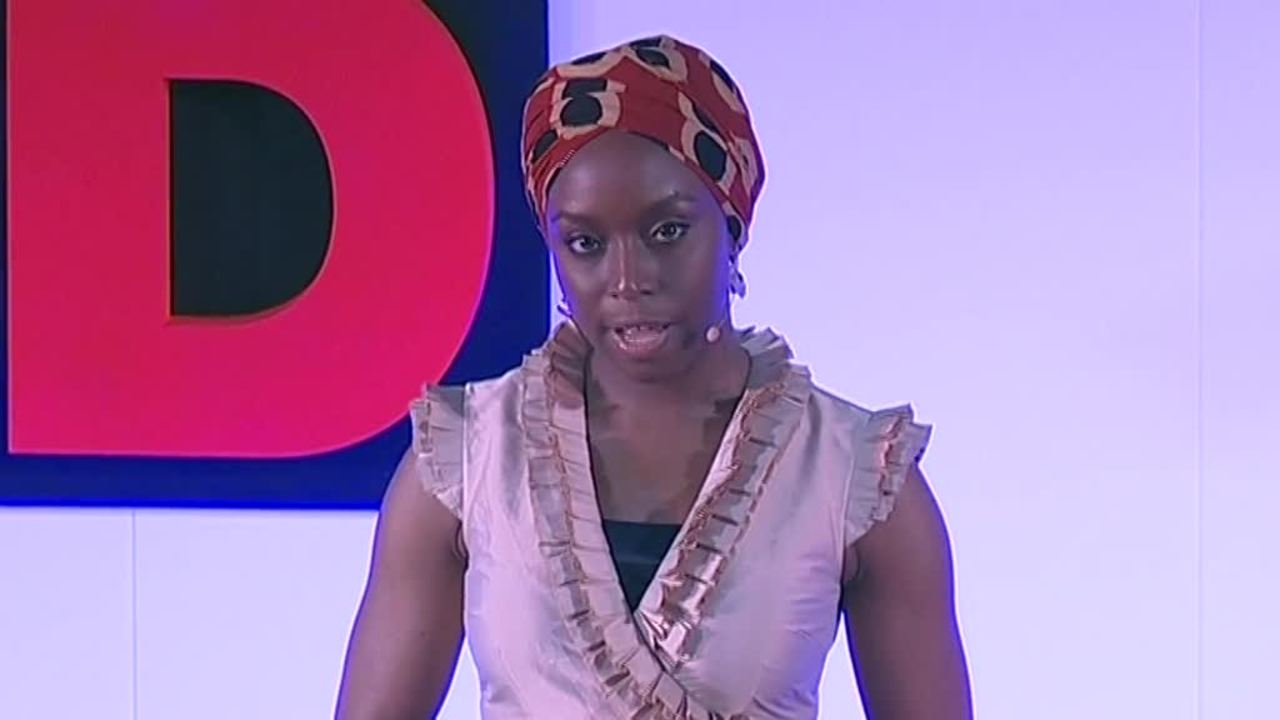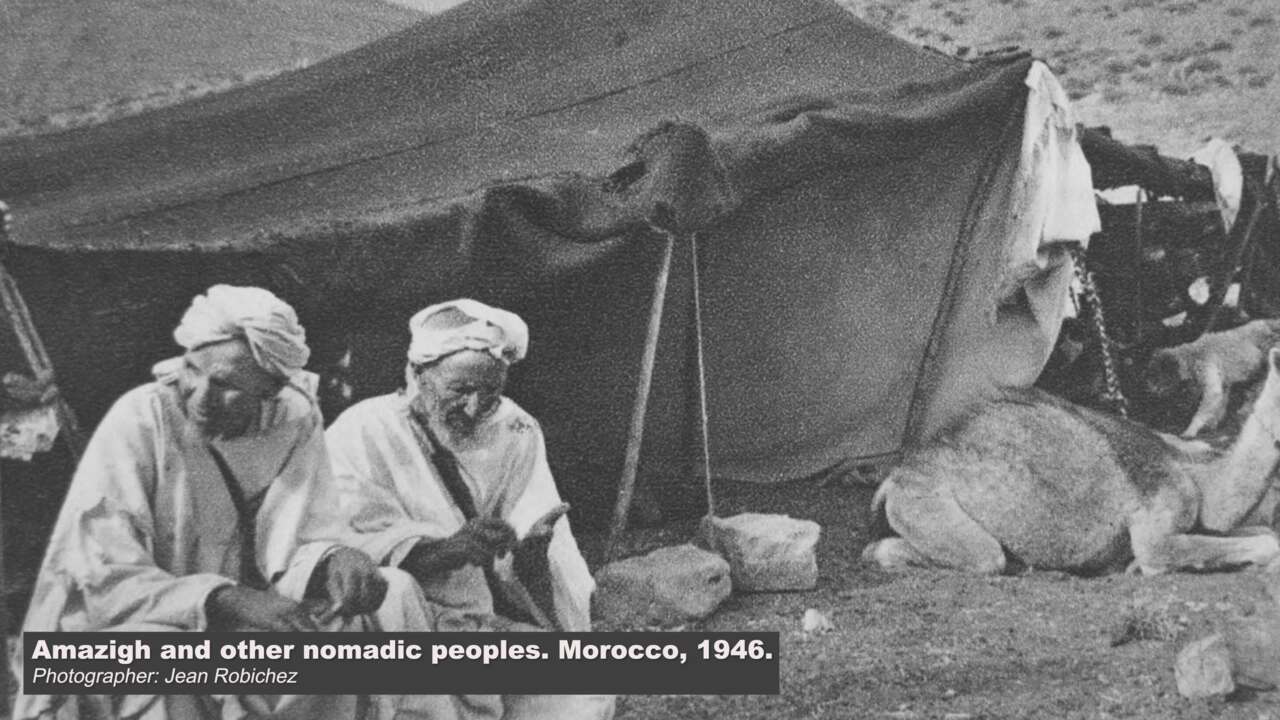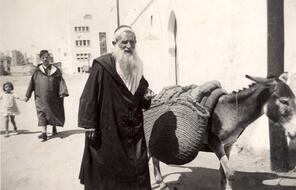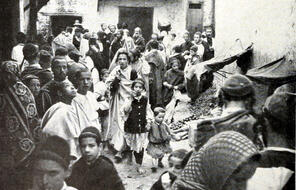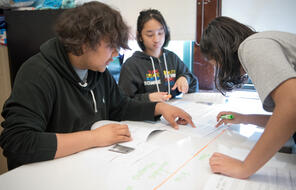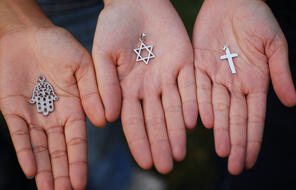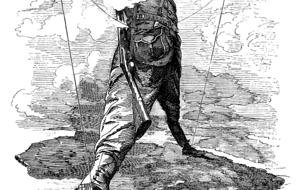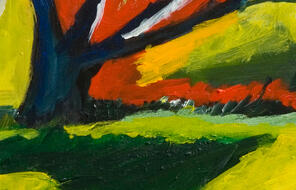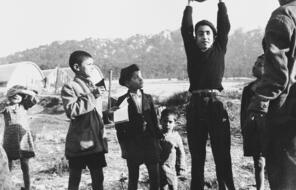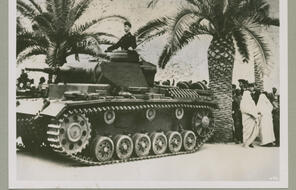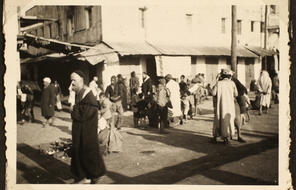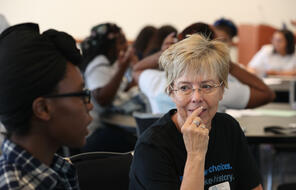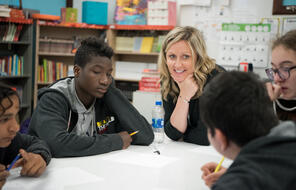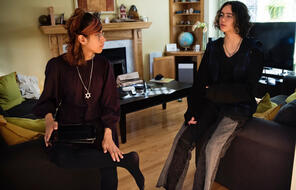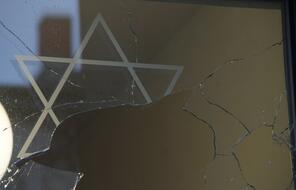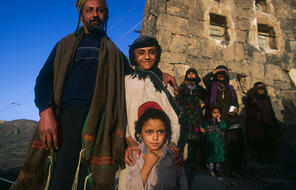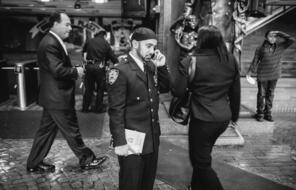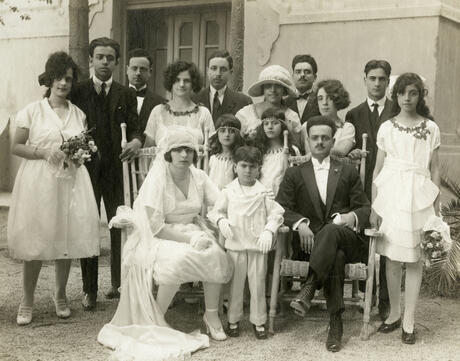
Pre-War Jewish Life in North Africa
At a Glance
Language
English — USSubject
- History
- Social Studies
Grade
9–12Duration
Two 50-min class periods- The Holocaust
- Genocide
- Culture & Identity
- Antisemitism
- Racism
Overview
About This Lesson
This lesson focuses on Jewish communities in pre-war North Africa, highlighting the diversity within those communities and integrating stories that are often marginalized in learning about Judaism or the Holocaust. In particular, the focus of this lesson is on the Jews of the Maghreb—the region of North Africa that includes Morocco, Algeria, Libya, and Tunisia.
Preparing to Teach
A Note to Teachers
Before teaching this lesson, please review the following information to help guide your preparation process.
Lesson Plans
Day 1 Activities
Day 2 Activities
Extension Activities
Materials and Downloads
Quick Downloads
Download the Files
Download allGet Files Via Google
Pre-War Jewish Life in North Africa
Additional Resources
Unlimited Access to Learning. More Added Every Month.
Facing History & Ourselves is designed for educators who want to help students explore identity, think critically, grow emotionally, act ethically, and participate in civic life. It’s hard work, so we’ve developed some go-to professional learning opportunities to help you along the way.
Exploring ELA Text Selection with Julia Torres
On-Demand

Working for Justice, Equity and Civic Agency in Our Schools: A Conversation with Clint Smith
On-Demand

Centering Student Voices to Build Community and Agency
On-Demand


